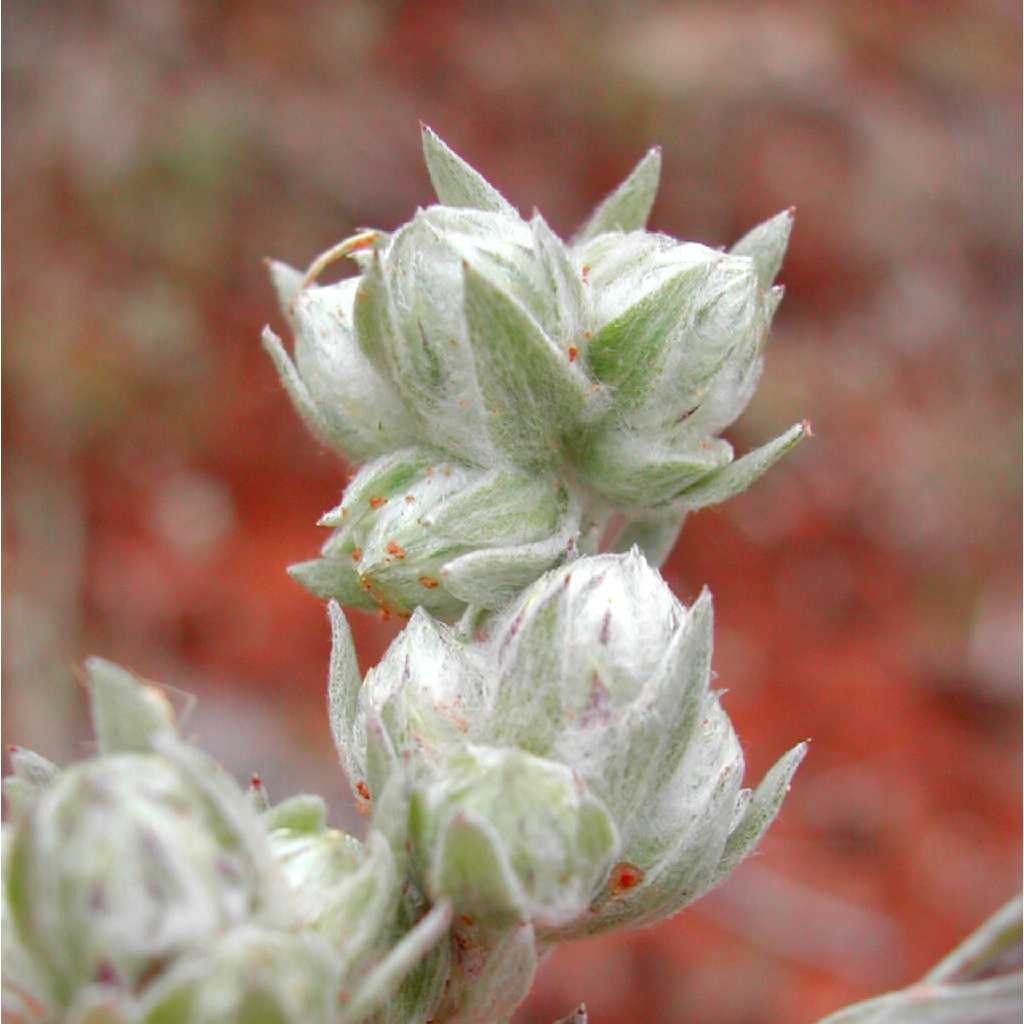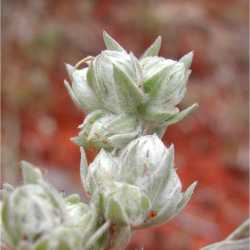Annuals, 1-10(-20) cm. Stems 1, ± erect, or 2-10+, ascending to ± prostrate. Leaves cauline; mostly alternate; blades oblanceolate to lanceolate or broader. Heads in glomerules of 2-10 (rarely borne singly) in ± dichasiform (sometimes ± paniculiform) arrays. Involucres 0 or inconspicuous. Phyllaries 0, vestigial, or 1-4, unequal or subequal (similar to paleae). Receptacles cylindric to clavate (heights 2.8-8 times diams.), glabrous. Pistillate paleae falling, erect to ascending; bodies with 5+ nerves (nerves ± parallel, obscure), ± ovate or boat-shaped, saccate most of lengths (obcompressed to terete, not galeate, each usually enclosing a floret, outermost open in 2 spp.); wings ± erect (apical). Staminate paleae readily falling, mostly 2-4, erect in fruit (not enlarged), shorter than pistillate paleae; bodies linear-lanceolate to oblanceolate. Pistillate florets 12-25+. Functionally staminate florets 2-6; corolla lobes (4-)5, ± equal. Bisexual florets 0. Cypselae brown, monomorphic: compressed to obcompressed, ± obovoid, slightly incurved, abaxially gibbous, faces glabrous, smooth, shiny; corolla scars subapical; pappi: pistillate 0, staminate rarely 0, usually of 1-10(-13) bristles (hidden in heads). x = 14.
See discussion of Filagininae following the tribal description (p. 385).
Stylocline occurs in Mediterranean, desert, and semi-desert climates; most species appear only after exceptionally wet winters, or in moisture-accumulating microsites (e.g., rock bases, washes, shrub drip-lines). Plants usually grow in undisturbed soils (often with soil crusts) and sometimes colonize stabilized disturbances.
In some species of Stylocline, the outermost bracts of heads are merely concave, not saccate; these are paleae (if they subtend and fall with florets) or phyllaries (if they persist and subtend only adjacent saccate paleae). Texture of the palea bodies is diagnostic for each species. In dried specimens, chartaceous bodies tear easily and irregularly when the abaxial indument is gently scraped. Cartilaginous bodies can be scraped clean without tearing and split lengthwise only if forced.
Stylocline appears to be ancestral to Micropus and Psilocarphus, and derived from, sister to, and/or reticulate with Logfia (J. D. Morefield 1992). Stylocline citroleum, S. sonorensis, and L. depressa show some transitional traits between the genera.





